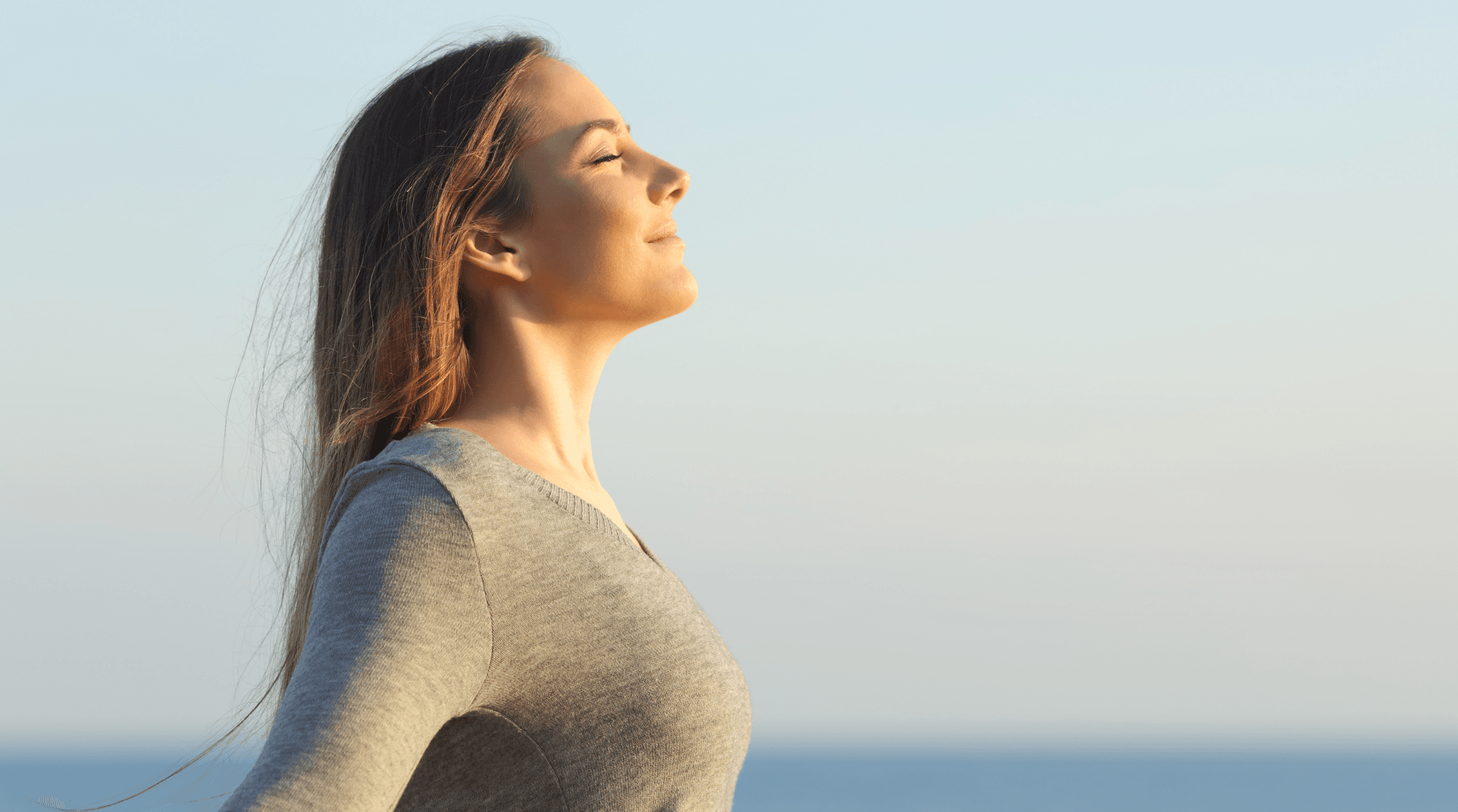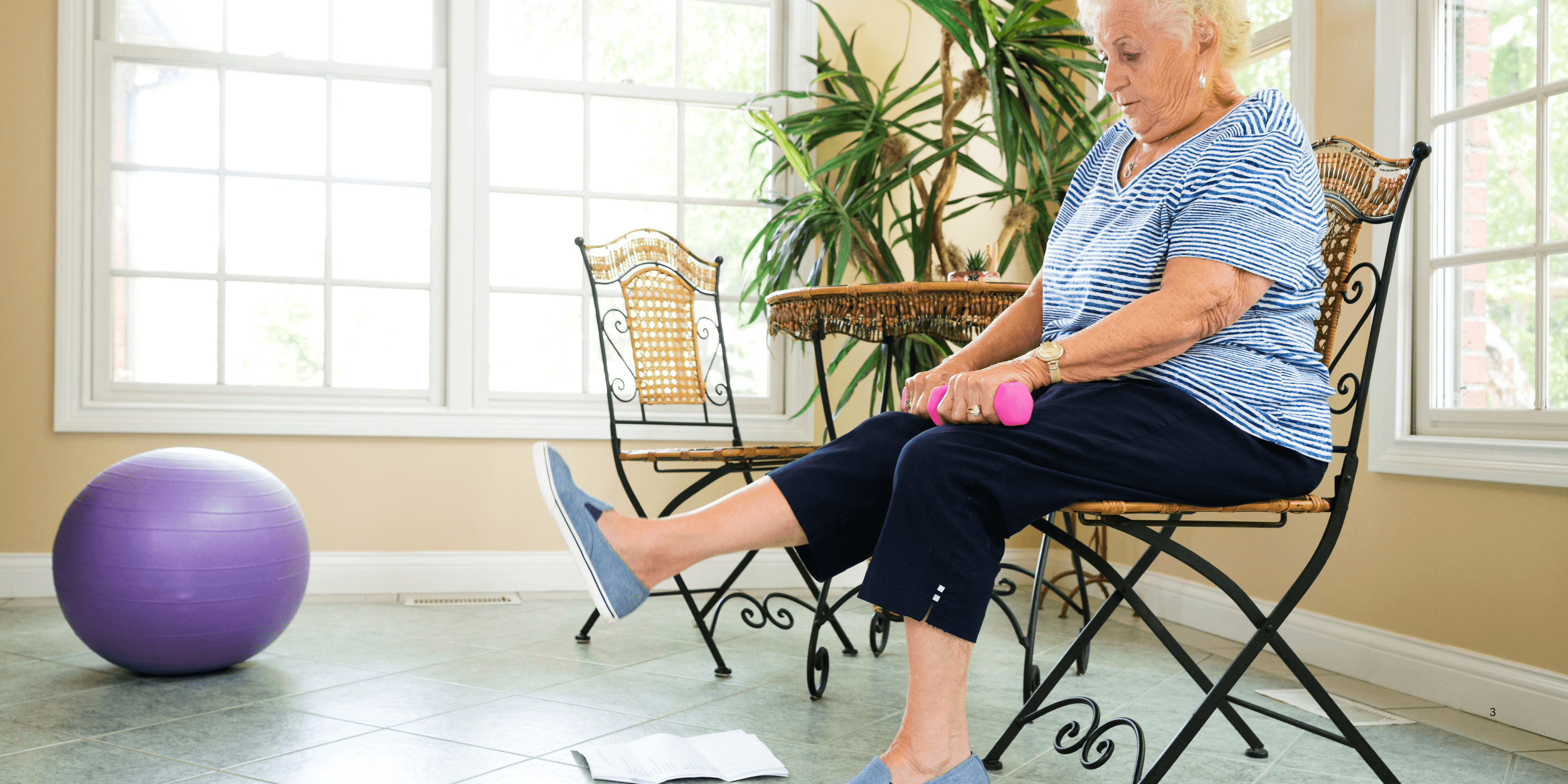
“
Maintaining healthy veins is vital for overall circulation, especially for those prone to varicose veins or poor blood flow. Safe exercises for vein strength offer a natural and effective way to support vascular health by improving blood circulation, reducing venous pressure, and strengthening the muscles around veins. 1
1
”
A 16th-century physician once noted that “motion is the best medicine”—a sentiment that modern science now supports. Gentle exercises enhance venous return, reducing venous insufficiency naturally. 1
Walking daily, even for 20 minutes, is among the safest and most effective exercises for healthy veins. It strengthens calf muscles, encouraging better blood flow back to the heart against gravity. 2
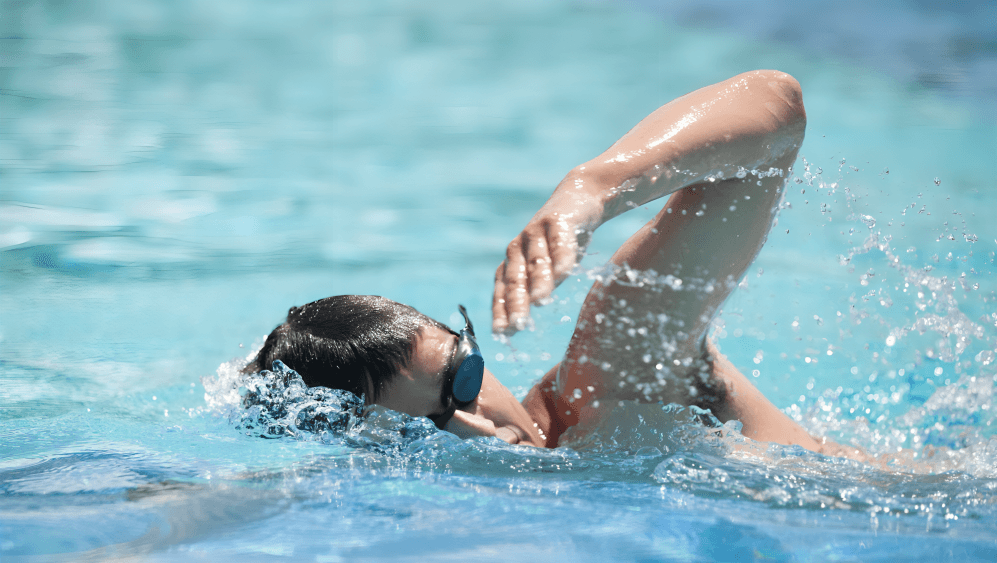
Swimming is low-impact and supports the body while allowing full movement, making it excellent for vein health. The water’s pressure aids circulation and reduces the strain on leg veins.
Leg elevation exercises done while lying down, such as raising legs to a 45-degree angle, help veins drain excess blood, relieve pressure, and improve overall vascular return to the heart. 3
Calf raises can be done anywhere, even during chores. By lifting your heels slowly and repeatedly, you activate the calf muscle pump, which plays a major role in venous return. 4
Stationary biking is another joint-friendly, low-impact activity that helps keep blood circulating efficiently in the legs. It strengthens lower limb muscles, making it easier for veins to push blood upward. 5
Ankle pumps and rotations performed while sitting or lying are especially helpful for those with limited mobility. These simple foot movements keep blood from pooling in the lower legs and feet. 6
Resistance bands used for light leg-strengthening exercises improve muscle tone in the thighs and calves, providing support for vein walls and aiding in upward blood flow toward the heart. 7
Water aerobics is ideal for older adults or those with joint concerns. The buoyancy of water supports the body, reduces pressure on veins, and allows circulation-promoting movement without stress. 8
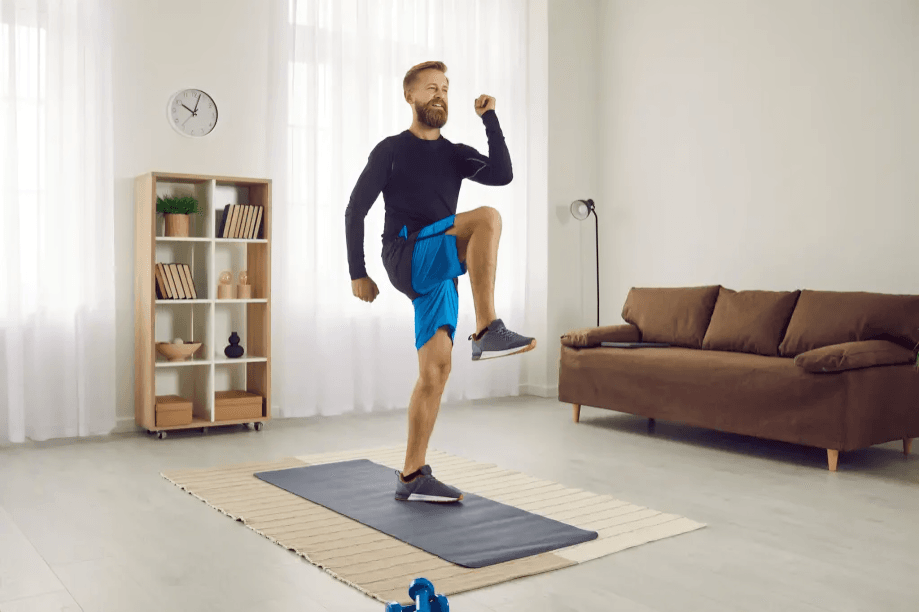
Marching in place is a simple but effective movement that helps contract leg muscles and keeps blood flowing in people who sit for extended periods or are at risk of circulation issues.
Climbing stairs strengthens not only your heart but also your leg veins by increasing muscle engagement. It helps to naturally push blood upward and prevents sluggish circulation in lower limbs. 9
Tai Chi, a slow and mindful movement practice, improves leg strength, balance, and blood flow. Its graceful nature provides benefits without placing harmful pressure on delicate venous structures. 10
Pilates exercises that emphasize controlled leg movements and core engagement aid circulation and support veins by strengthening the muscle groups involved in venous blood propulsion. 11
Dynamic warm-up routines like leg swings or knee lifts prepare the veins and muscles for more activity. These warm-ups stimulate vein-friendly muscle contractions without overexertion. 12
Seated leg lifts benefit people who sit for hours. Lifting one leg at a time activates the thigh muscles and improves blood flow in veins compressed by prolonged sitting. 13
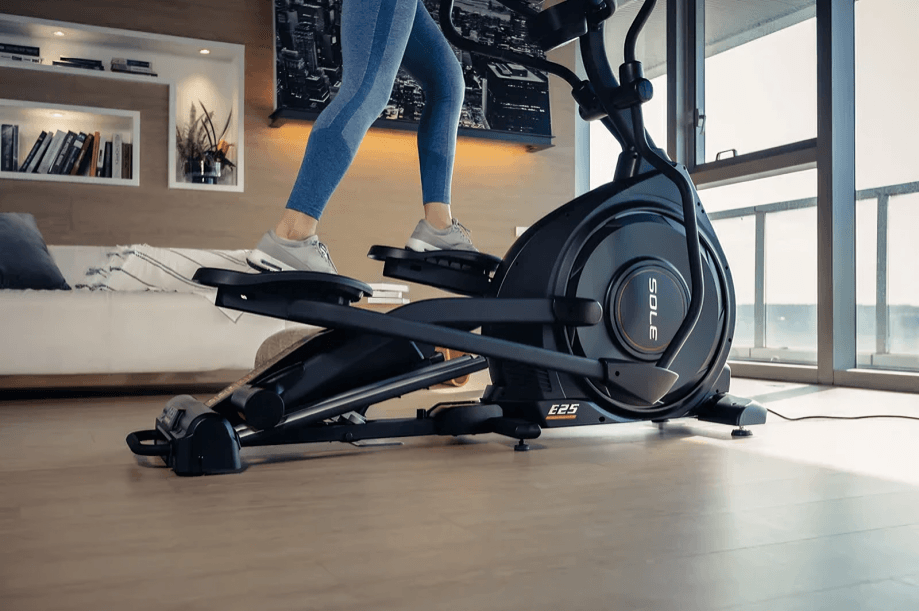
Low-resistance elliptical training mimics walking and stair-climbing without impact. It engages key muscles and prevents the stagnation of blood in the legs, particularly helpful for sedentary lifestyles.
Deep breathing during exercise supports venous return by improving thoracic pressure changes. These changes help pump blood upward from the lower body, reducing strain on leg veins. 14
Gentle hiking on flat trails combines nature with movement, aiding vein health through continuous walking and uphill effort that strengthens muscle tone and promotes steady venous flow. 15
Foot massage tools or rollers can simulate passive exercise. When used under the feet, they stimulate nerves and blood vessels, enhancing circulation and offering relief from venous congestion. 16
Avoiding high-impact sports like running on hard surfaces protects vein walls from trauma. Choosing soft, supportive movements ensures long-term benefits without risking venous pressure spikes or damage.17
